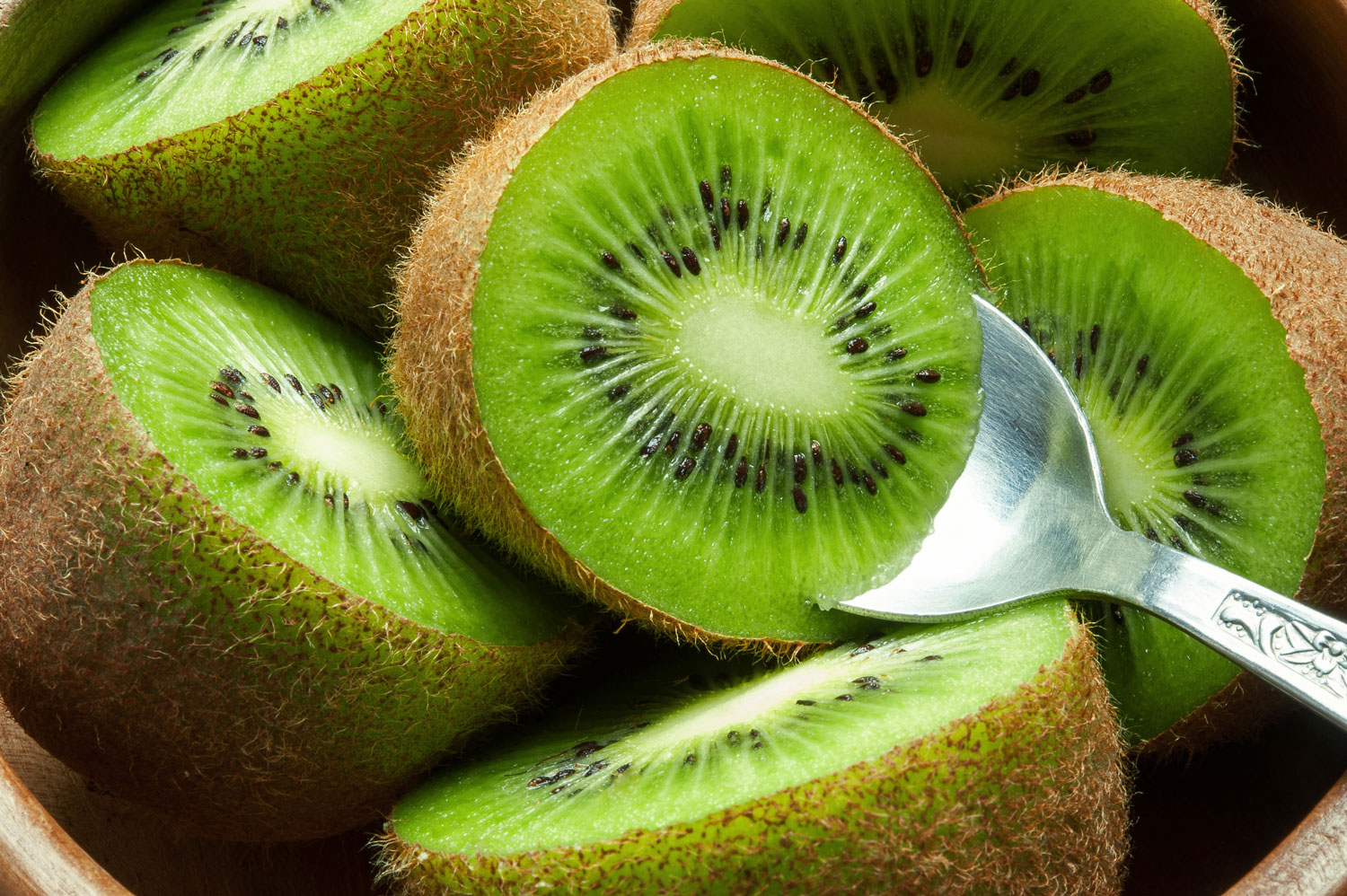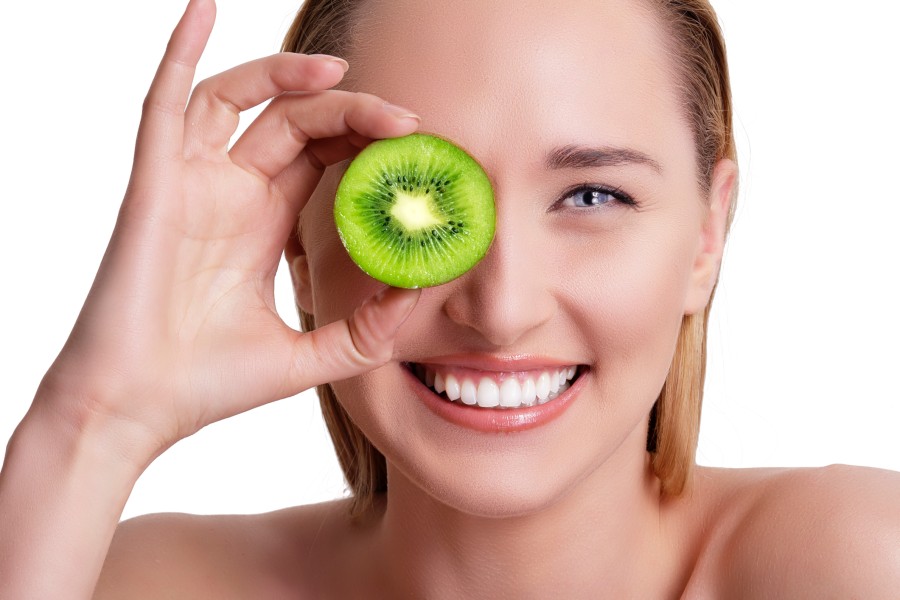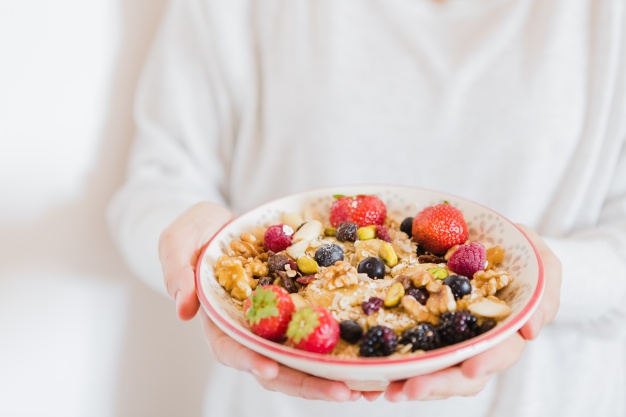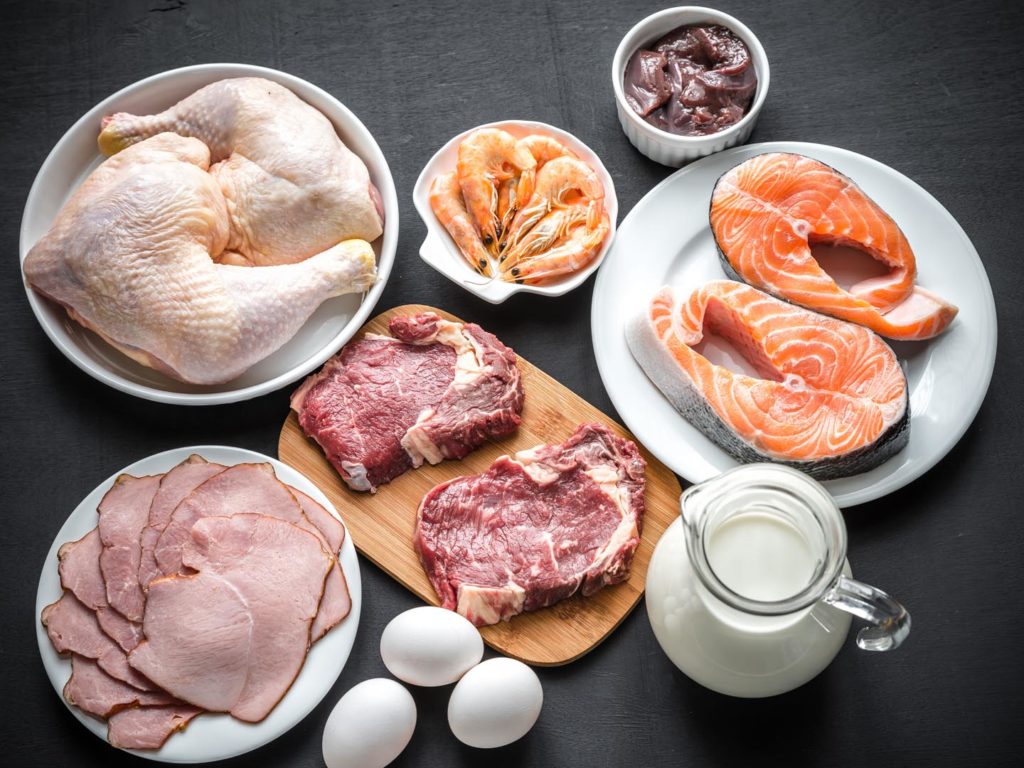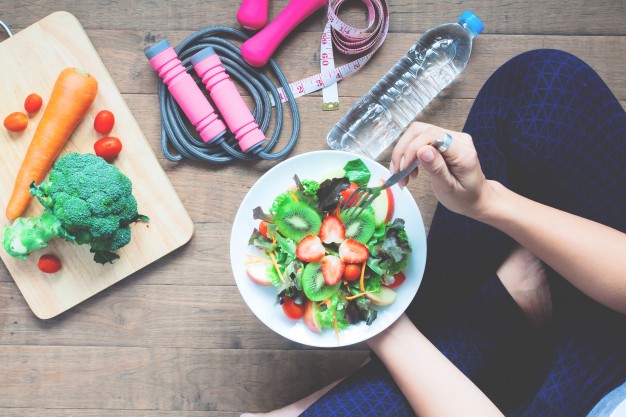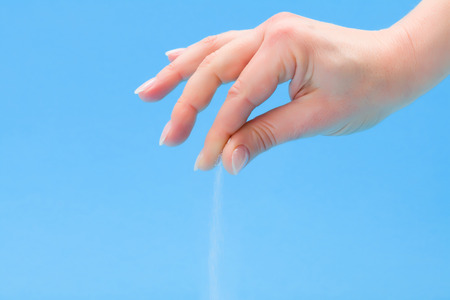Having a multifaceted health aura around it, oats is a top ranker in the list of superfoods. This superfood is always the preferred cereal grain for preventive treatment in the case of cardiovascular diseases, diabetes, cancer, blood pressure and even bowel function.
Oats contain a specific type of soluble fibre called beta-glucans, which is known to lower cholesterol. This soluble fibre breaks down, as it passes through the digestive tract, forming a gel that traps substances related to cholesterol, causing a reduction in its absorption from the bloodstream. The bad cholesterol (LDL) is trapped without lowering the good cholesterol (HDL). Apart from its selective lipid-binding role, oats also are one of the best sources of tocotrienols. These are antioxidants which combine with tocopherols to form vitamin E, which in turn helps lower serum cholesterol build up.
Today, the market has a variety of this wonder cereal available in many different forms. Here are the different varieties of oats and their nutritional benefits:
Whole grain oats
Also known as oat groats (minimally-processed oats, high in nutrition), these are whole oat kernels with the inedible hull removed. They have a chewier texture and are best eaten hot, as breakfast porridge. They take the longest time to cook approximately an hour on the flame!
Steel-cut oats
Also called Irish oats, they are whole oat groats which have been chopped into small pieces with metal blades. This increases their surface area to absorb water. Thus, they cook faster approximately 20 minutes on the stovetop.
Scottish oats
More popularly known as oatmeal, these o
ats are stone-ground into irregular broken bits a method that originated in Scotland centuries ago. These have a creamier texture than steel-cut oats and take about 10 minutes to cook on high flame.
Rolled oats
In this, the oat groats are steamed to soften them and then rolled into flakes. This process stabilises their healthy oils and extends their shelf life without significantly affecting their nutritional profile. They take approximately 10 minutes to cook on the stovetop.
Quick oats and instant oats
These oats go through the same process of steaming and rolling as rolled oats but for a longer time, so they are partially cooked. They are rolled thinner and are thus creamier and less chewy in texture. Since they are already broken down finely, they don’t keep you feeling full like steel-cut or rolled oats. They can be prepared by simply adding hot water and letting them stand for a few minutes. Since they are already pre-cooked, they just need to be rehydrated and are ready to eat. When you buy these plain and unsweetened, their health benefits are similar to rolled oats.
Oat bran
This is the outer layer of the oat groats that is ground into a coarse meal and is high in soluble fibre. It contains almost all the fibre in an oat kernel. It is technically not a whole grain since it is ground only from the bran layer. However, it has health benefits of a whole grain.It can be cooked into a hot, creamy cereal in two minutes on the stovetop or added to other cereals, yogurts and smoothies to increase daily fibre intake.
Point to remember
The nutritional profile of different oats is essentially the same whether it is left whole, cut, rolled or ground.
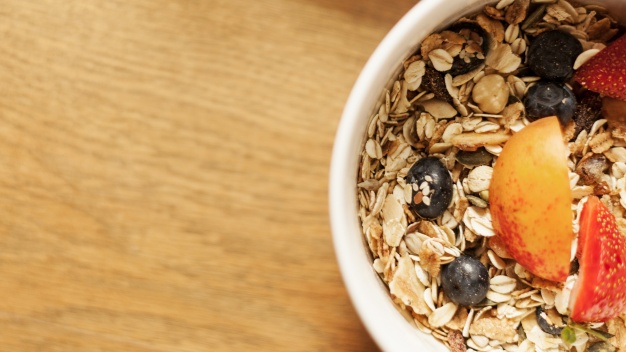
RECIPE IDEAS OATS PONGAL
Ingredients: Rolled oats or instant oats: 1 cup I Yellow moong dal: ½ cup cooked soft I Spinach (finely chopped) : 1 cup I Ginger (grated) : 1 tsp I Green chillies (slit): 2 I Salt to taste For tempering: Cumin seeds: ½ tsp I Black peppercorn (lightly crushed): 8 I Asafoetida: 14 tsp I Curry leaves: 6 I Ghee: 2 tsp Method: Heat the ghee, add all the ingredients used for tempering and then the ginger and green chillies. Add spinach and sauté for 2-3 minutes. Pour the water, bring to a boil, and then add salt and oats. Reduce the flame, cook for 4-8 minutes, depending on the oats. Add cooked dal and cook for another 2-3 minutes. Serve hot.
BIRCHER MUESLI
Ingredients: Rolled oats: 25 gm I Dried apricots (or any other dry fruit) : 1 tbsp I Almonds, walnuts or hazelnuts (roughly chopped): 6 I Apple juice: 6 tbsp, Green apple (coarsely grated): 1 I Milk: ½ cup I Spoonful of yogurt to top I Honey for garnish Method: Soak the oats and dried apricots in the apple juice overnight (that’s the key step). Put the apple in a bowl along with a pinch of salt. Add the soaked oats and then pour in the milk, to make its consistency like a porridge. Add the nuts and a dollop of yogurt. Drizzle the honey on it. Serve chilled.
How healthy is the food? (Click here to find out how healthy is your favorite foods )
